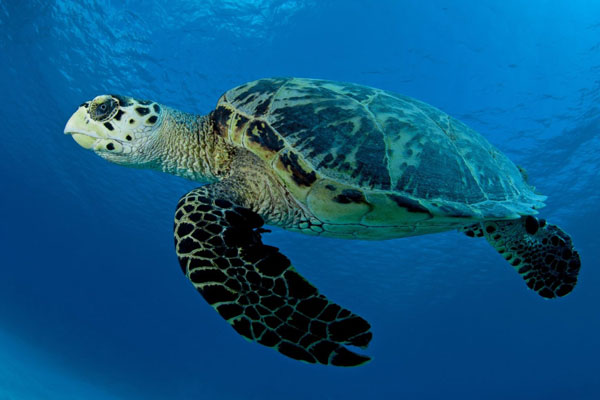The Safety Stop – Why Good Buoyancy is Important

One of the hardest skills to perfect but necessary for becoming a good diver is managing your buoyancy. Being able to achieve that state of neutral buoyancy where you neither sink nor float up is vital for you to glide effortlessly through the water. It’s also important for the protection of the marine environment as you learn how to hover over reefs and sea creatures to observe without crashing into them. Being more comfortable on your dives also means you can relax, reduce fatigue, and consume less air – all good practices for a sport that’s about enjoying yourself and the beautiful underwater world.
The most common way to achieve neutral buoyancy is to add an appropriate amount of lead weight to your BCD or to a weight belt. While this seems simple, it’s not always obvious that as conditions change – you must make adjustments.
In general, you are more buoyant with a wetsuit than without. And the thicker the wetsuit – the more buoyant you become and the more weight you need to get underwater and achieve neutral buoyancy. You are also more buoyant in sea water than fresh water.
The goal is to achieve a neutral state where you can do many if not most of your underwater depth adjustments through breathing. Long slow inhales cause you to rise gently and slow, deep exhales allow you to descend. But it’s also important to be able to comfortably stay underwater at 15-feet for your safety stop when you’re near the end of the dive and you’ve used most of the air in your tank.
Sources suggest that for saltwater as we have in the Cayman Islands’ Caribbean you start with 8-10% of your body weight in lead. If you’re a muscular build, deduct some because muscle is heavier than fat. And if you tend to be plumper, you may have to add. Next calculate for your wetsuit. If you wear a neoprene one, a good rule of thumb is 2-3 pounds per millimeter of thickness. This is for a full suit, so if you wear a shorty, you’ll need less.
Then experiment. Be ready to make adjustments after your first dive. If you found yourself having to add too much air to your BCD, then drop a pound the next dive. If you had difficulty staying under for your safety stop – add a pound. It’s a balancing act and once you figure it out, this is important information you should record in your dive log so you’ll know the next time you’re diving in a similar place.




